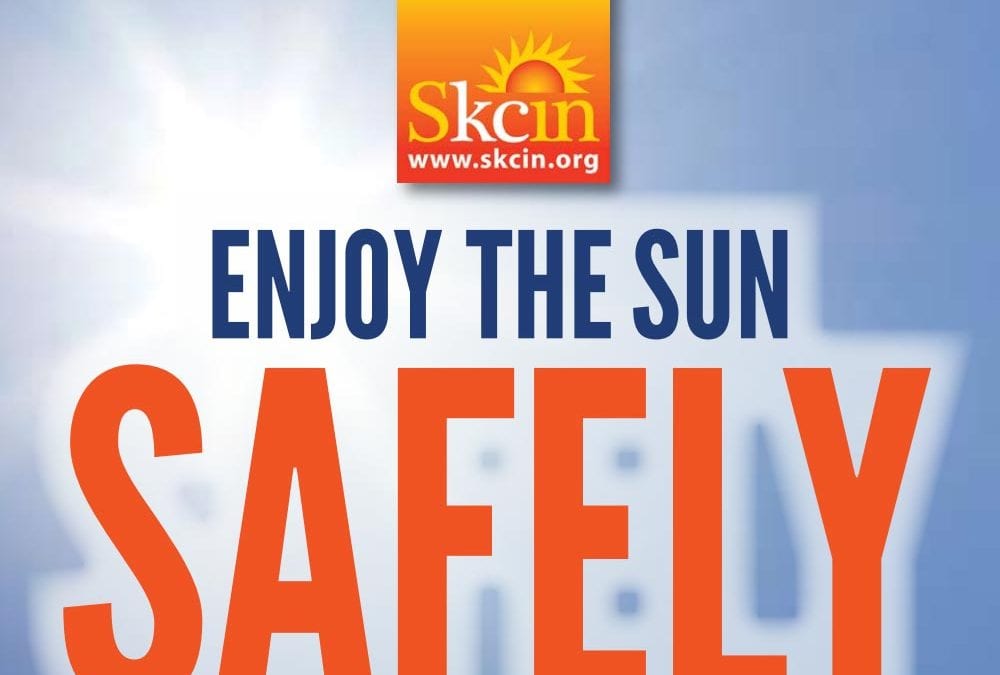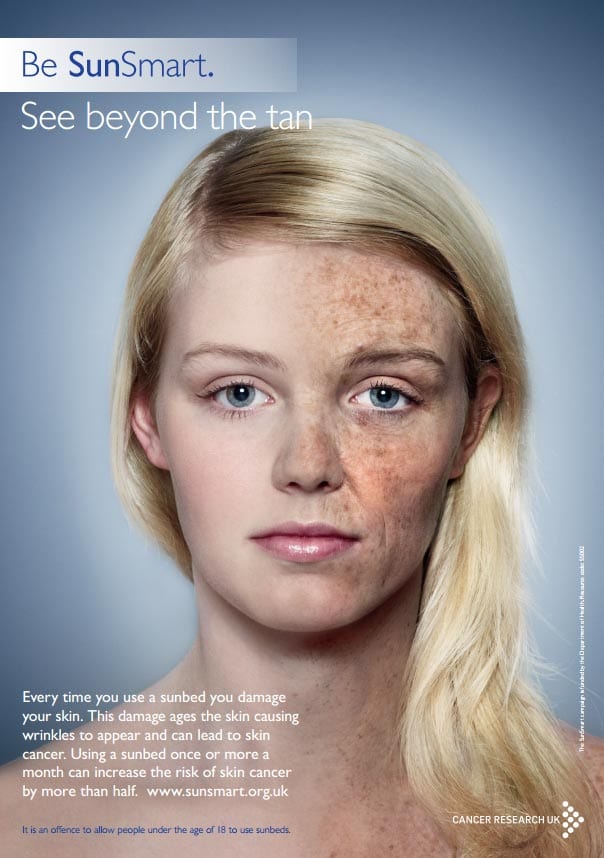Facts and Mits about Sun Bathing
Today’s article was to order a pair of our customers. Wendy (24) and Marc (27) have turned to us for advice. Soon to go on vacation and they stood before the mission, which apparently seems to be easy. The choice of cosmetic protection against the sun. However, when a bunch of their multiplicity of products, it turned out that they need help. The following article is a response to this request.
Tanned skin still associate with energy and health. Try to see if it’s a good association. Tan-do you know what it really is?
Tan-what is it?
A tan is a sign that the skin has been damaged and is trying to protect itself. The dark pigment that gives the skin its natural colour is called melanin. Melanin is made in the skin by pigment cells called melanocytes. After our skin has been exposed to sunlight the melanocytes produce more melanin in attempt to absorb further UV radiation, and so the skin becomes darker.
Why should we be careful?
Nobody wants to spend the entire summer indoors, and indeed some sunshine, below sunburn level, can be good for us, helping the body to create vitamin D and giving many of us a feeling of general wellbeing as we enjoy outdoor summer activities.
Long exposure to the Sun causes a lot of skin problems:
- sunburn
- skin rash
- photo reactions toxic
- heat rash
- deterioration in skin diseases, eg. rosacea.
- skin aging
- discoloration
- skin cancers
UV Radiation-what is it?
UV radiation comes in three wavelengths:
- UVA (responsible for photo-related toxic reactions of skin aging, leading to wrinkles and stains)
- UVB (responsible for sunburn, hormonal skin discoloration, has a strong link with melanoma of the skin)
- UVC (does not penetrate to the Earth’s atmosphere)
Sunlamps in tanning salons emit a very strong UVA radiation, does not burn skin easily, but it is not secure. It is a mistake to think that tanning in a solarium will prepare us the skin for sunbathing on the beach. Brown pigment (melanin) in the skin absolutely will not protect us from the effects of UVB radiation.
Safe tanning? There is such a thing?
Does not exist in the 100% safe tanning. With the sun, we need to remember this. We can also defend against the negative effects of tanning using the recommendations of dermatologists.
Sunscreen, SPF what does it mean?
UV protective cosmetics are the first line of protection according to dermatologists.
The abbreviation SPF (sun protection factor) means the ratio of radiation protection. The scale factor varies between 8-50. Where the lowest SPF applies to people with dark skin, II and III photo type skin (most Europeans) the most appropriate is SPF 25 and SPF30 factor. Higher SPF units belong to the group of blockers and can be used in addition, protecting vulnerable places e. g. birthmarks

Using product from sunscreen UVA/UVB SPF 30 also you will get tanned? It is a myth that so high a filter does not allow for bronzing. Protect only against the burn, but tan will for sure

How to properly use protective cosmetics?
Protective cosmetics will be effective only properly applied. The overall message in terms of the use of sunscreen is “more is better”? Manufacturers provide appropriate for product application, but there is also some general rules that you need to know:
- use protective cosmetics about 30 minutes before going in the Sun,
- recommended dose of sunscreen for adult person in single application is 6 tbs!
- allow their absorption before you put the clothes
- make sure sensitive areas like the ears or feet
- absolutely protect moles-keep them extra sunscreen SPF50
- repeat application at least every 2 hours
- use product immediately after bathing, after wiping the body towel
- waterproof cosmetics protect you only about 20 min in water
- when the sun always use moisturizing cosmetics-soften the effect of dehydration of the skin.
Sunscreens should not be used as an alternative to clothing and shade, rather they offer additional protection.
Outside cosmetic care, to the rules of the reasonable use of sun You must also include:
- to prevent burns, (main reason of developing tumours after years)
- securing body with clothes wearing, hats and sunglasses with UV filter
- avoid being in the Sun between 11-15 pm when it is especially strong

Above advices are presented for adults in good health conditions. In situations where there is disease, particularly dermatology, people with lots of moles, and in elderly age avoid sun, stay in the shade and apply stronger filters SPF50 +. The same rule necessarily also applies to children. Their delicate skin is very sensitive to UV

In the article, I used information of the British Association of Dermatologists (BAD)
http://www.bad.org.uk/for-the-public/sun-awareness-campaign
as well as the organization in support of the fight against cancers of the skin.
In succeeding articles, I write closer about this, but if you’d like to know more is here:
World UV App
Developed in conjunction with the Met Office, the BAD created the World UV App which provides real time information on daily UV levels across over 10,000 locations from across the globe. The free app, uses GPS to pinpoint your location and provide you with relevant UV information. In addition, the app will educate you on your skin type and provide you with best practice advice on protecting your skin from the sun.
The app can be downloaded for free from Apple’s App Store and Google Play.
Share it on Social Media!




Recent Comments